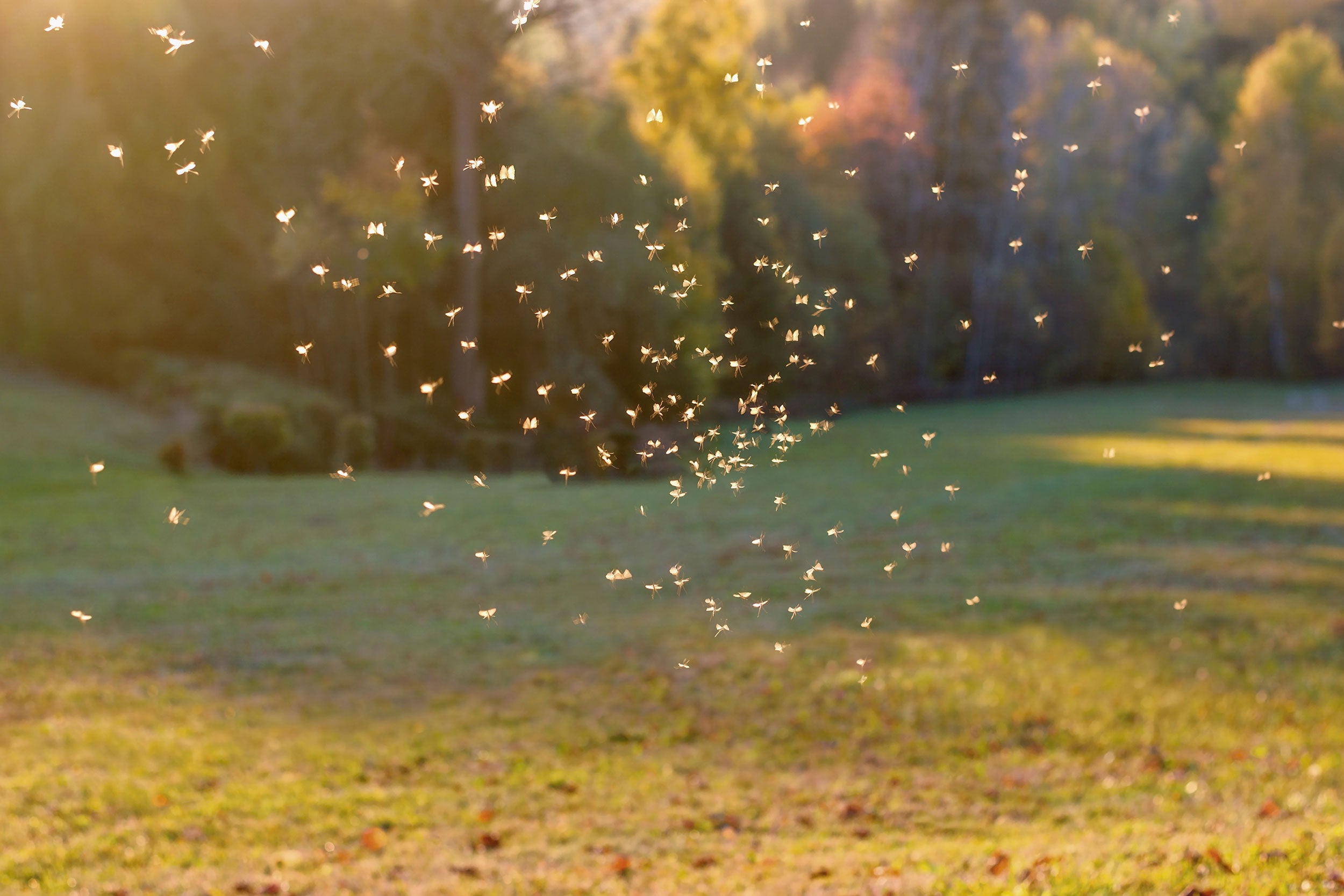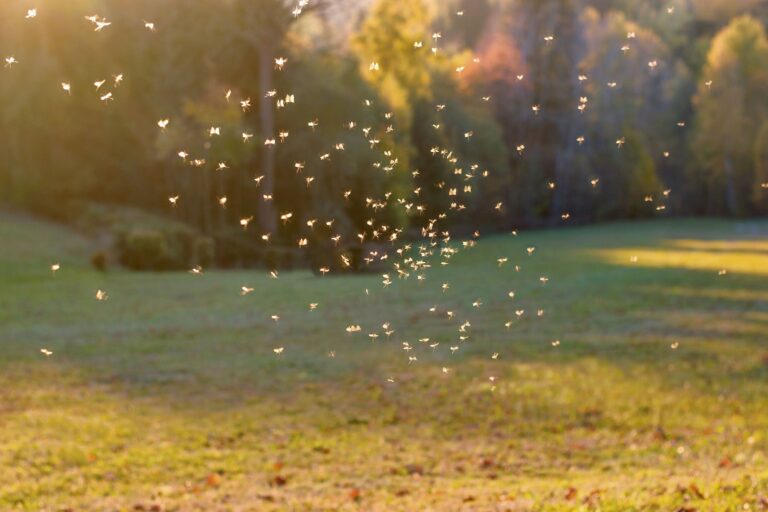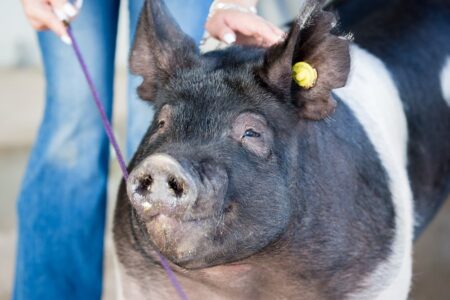A newly published JAMA Insights article warns of an uptick in reported cases of Eastern equine encephalitis virus in the United States.
Although rare, EEEV is considered one of the deadliest arboviruses in North America. “EEEV is the cause of a rare mosquito-borne disease in the U.S. that causes substantial morbidity and mortality,” the authors wrote. Most human cases have occurred between June and October, with peak activity in late August. In 2019, 38 cases were reported across seven states; by 2024, 17 of 19 cases were reported in the Northeastern U.S., particularly Maine and Vermont.
The virus is primarily maintained in birds by the mosquito Culiseta melanura and transmitted to humans by “bridge” vectors such as Aedes and Coquillettidia species. Humans are considered dead-end hosts, meaning they do not contribute to the ongoing transmission of the virus.
“People at highest risk of EEEV infection are those living in or visiting endemic forested areas near swamps or marshes and those whose occupations (e.g., agricultural work) or hobbies (e.g., camping, gardening) involve outdoor exposure,” the article noted.
Clinical signs of infection can begin after an incubation period of 4 to 10 days. While over 95 percent of infections are asymptomatic, symptomatic cases can rapidly progress to neuroinvasive disease in less than 5 percent of patients, especially in those under 15 or over 50, or those who are immunocompromised. Once the central nervous system is affected, symptoms may include headache, seizures, altered mental status, and even coma.
Out of 193 cases reported to the CDC from 2005 to 2024, 99 percent were neuroinvasive and 41 percent resulted in death. “Mortality from EEEV disease is higher than for other mosquito-borne diseases in the U.S.,” the article emphasized, noting that survivors often experience severe neurological sequelae, ranging from memory deficits and personality changes to paralysis and global aphasia.

Diagnosis relies on EEEV-specific IgM testing of blood or cerebrospinal fluid, although false negatives can occur early in the disease course. Because viremia typically resolves by the time symptoms emerge, molecular testing like RT-PCR is often unhelpful unless the patient is immunocompromised.
“There are no specific treatments for EEEV disease; management is supportive,” the authors stated. Though IV immunoglobulin and steroids have been used, their efficacy remains unproven. In a small retrospective case series, quicker administration of IVIG appeared to reduce long-term disability, but the data are limited.
While no human vaccine currently exists, several candidates are in development. Until then, the most effective strategies remain prevention-focused. These include mosquito control, environmental surveillance, and personal protective measures like EPA-registered repellents and wearing long sleeves.
“Although rare, EEEV disease is associated with high morbidity and mortality, and there are currently no approved treatments or human vaccines available,” the article concluded.


:max_bytes(150000):strip_icc()/ef117210-3403-49d6-bb51-d536654db570copy-176e1975d49748e387f25ef15c916c11.png)
:max_bytes(150000):strip_icc()/IMG_8614-1024x683-1-7a384ef194a947388580ce508f7a18df.jpg)
:max_bytes(150000):strip_icc()/produce-2048x1359-1ed7856d78714899862f4ec58eb85fbd.jpg)




:max_bytes(150000):strip_icc()/20230714-erik-peterson-041_farm_grain_bin_silo-356cf2d9e7a144a888c46729e77b0a19.jpg)
